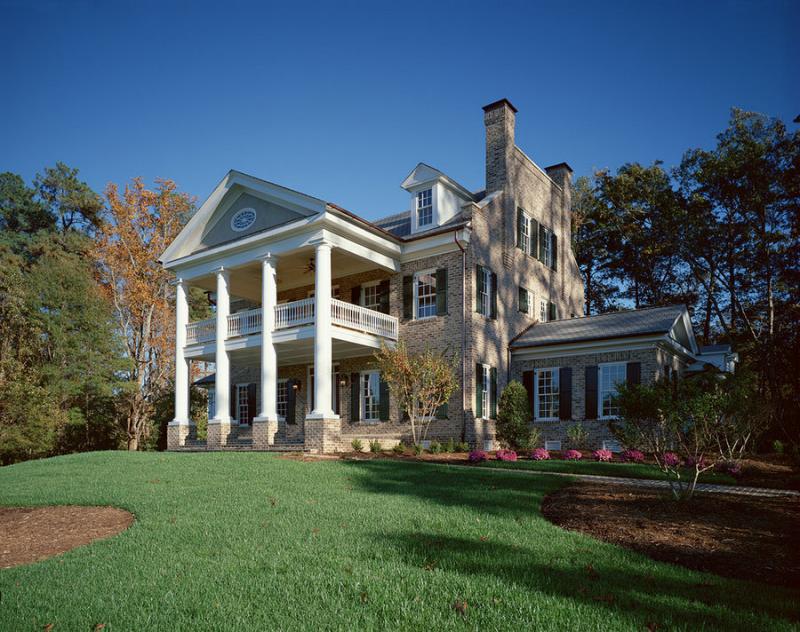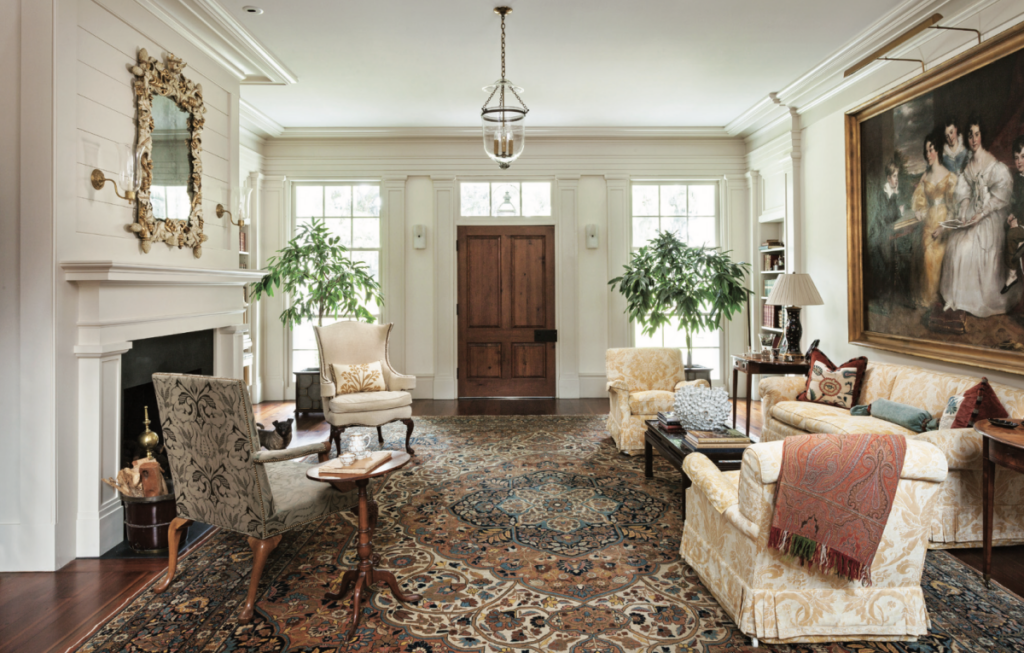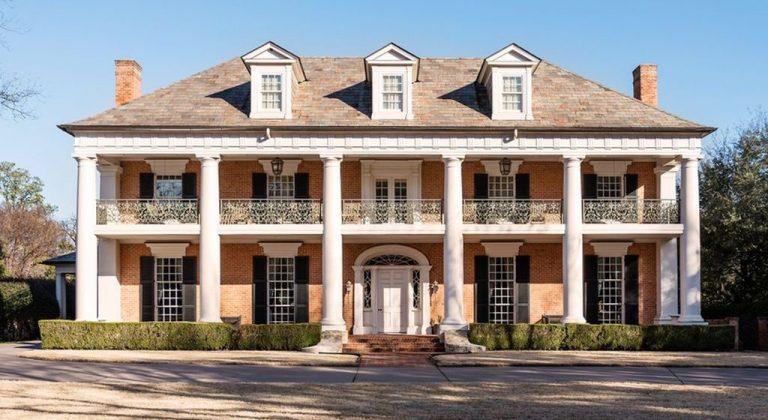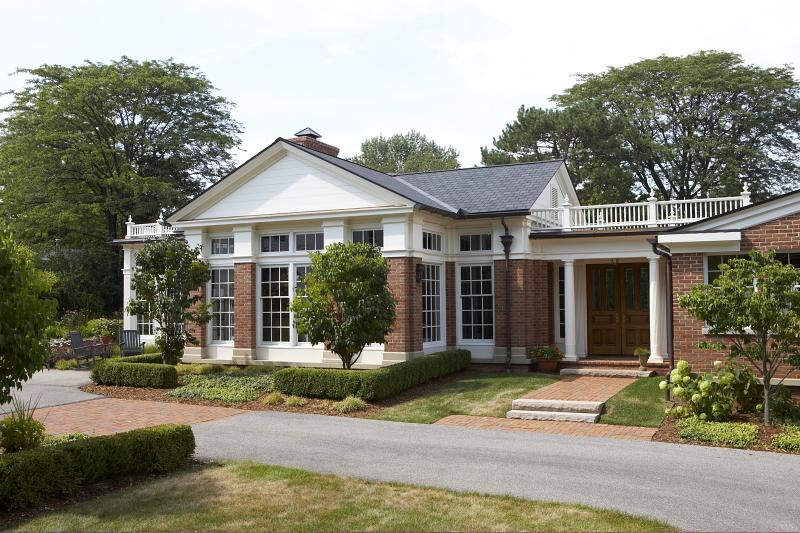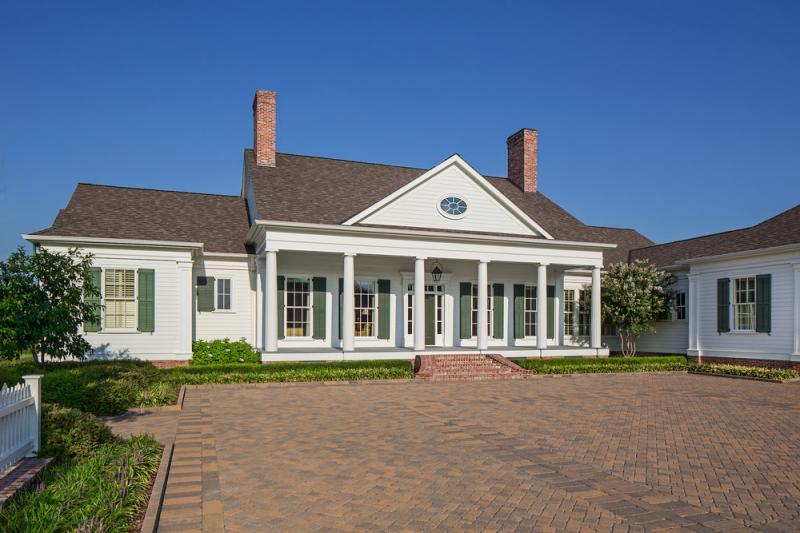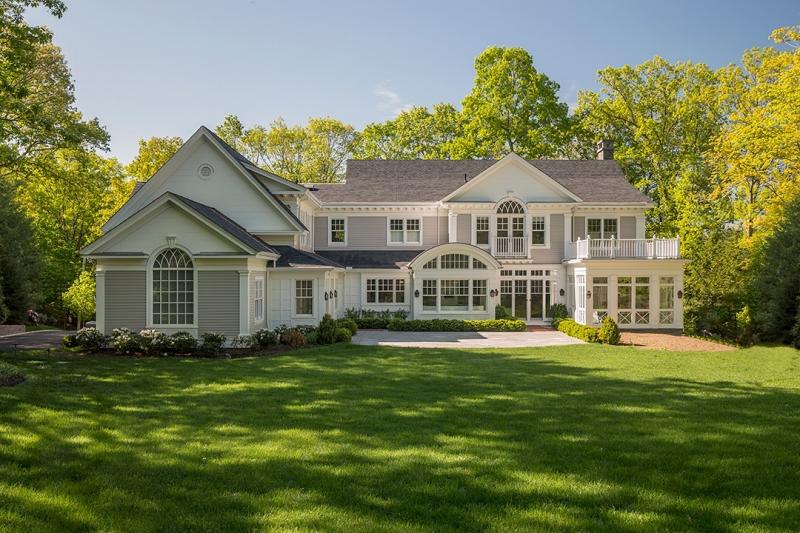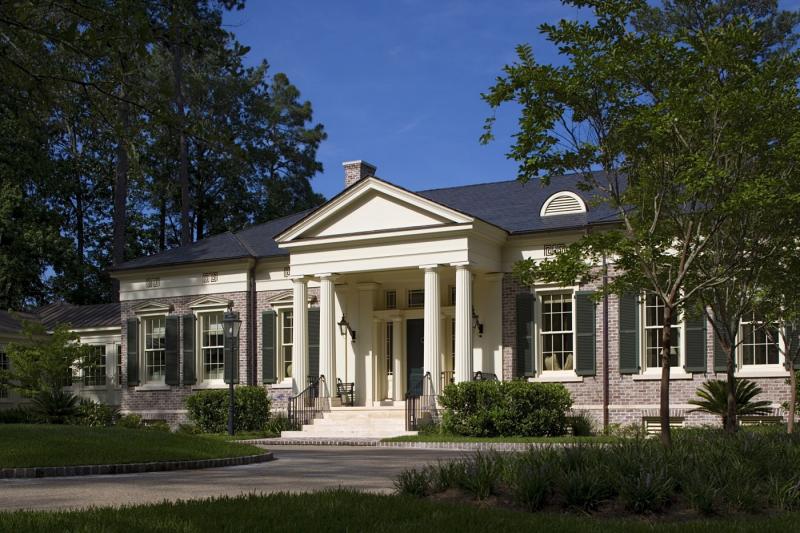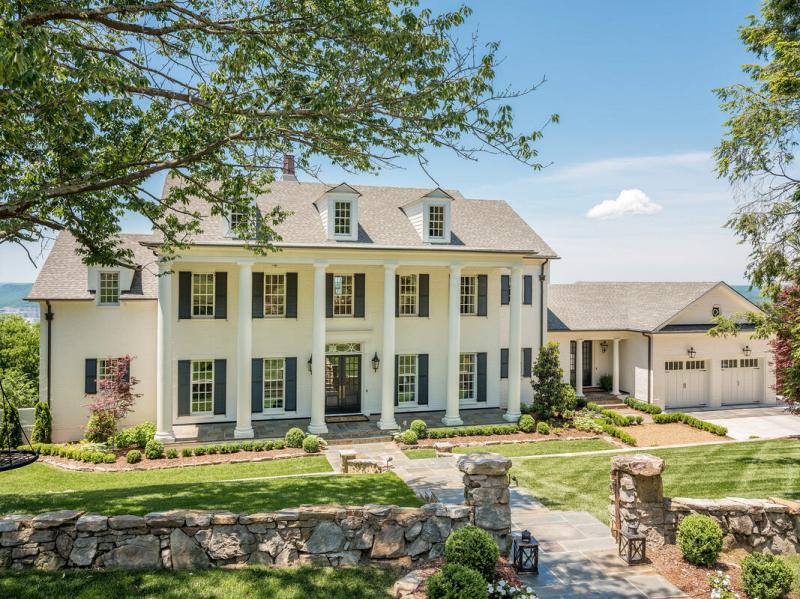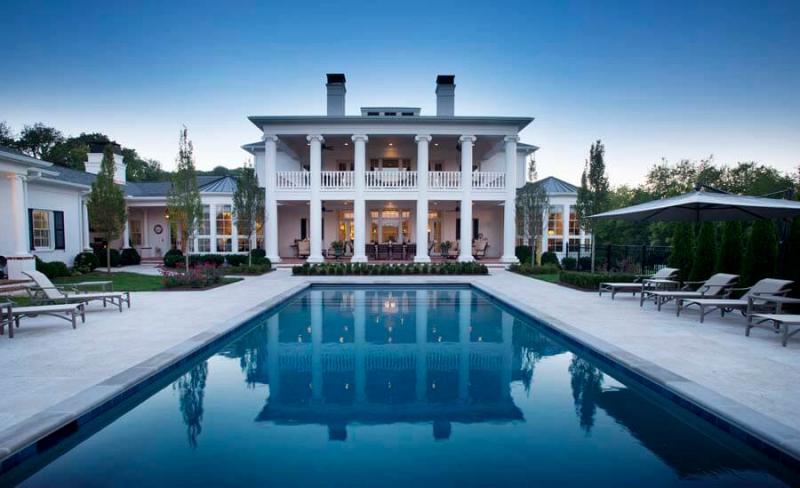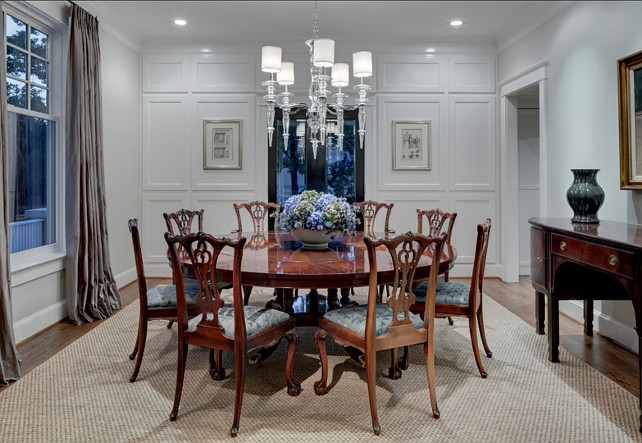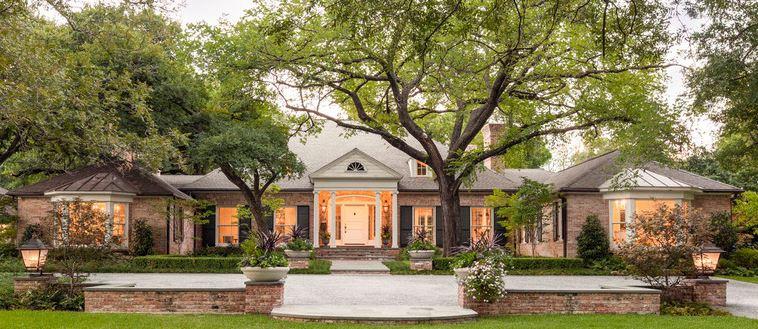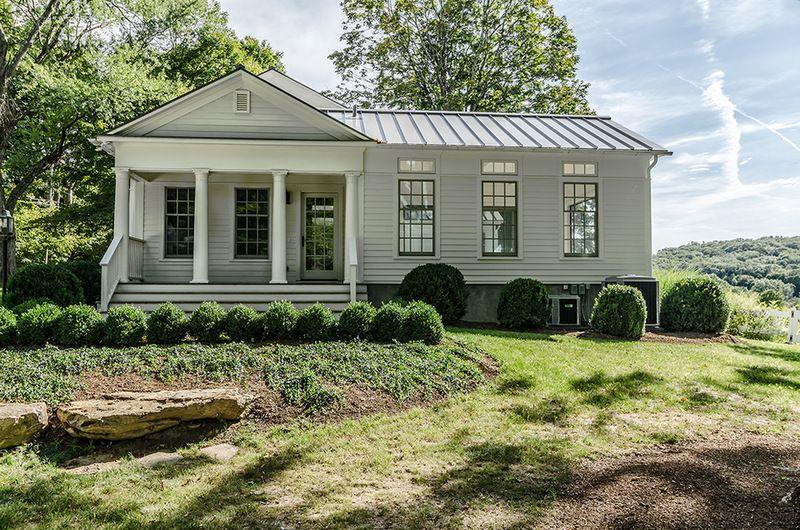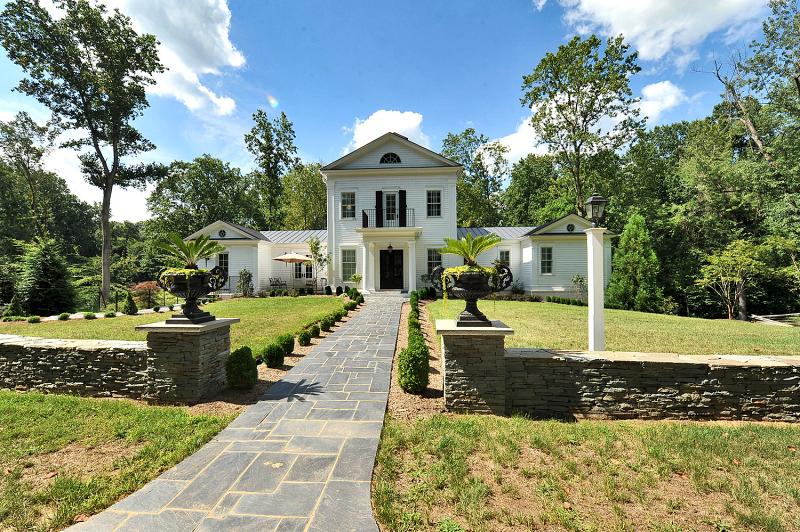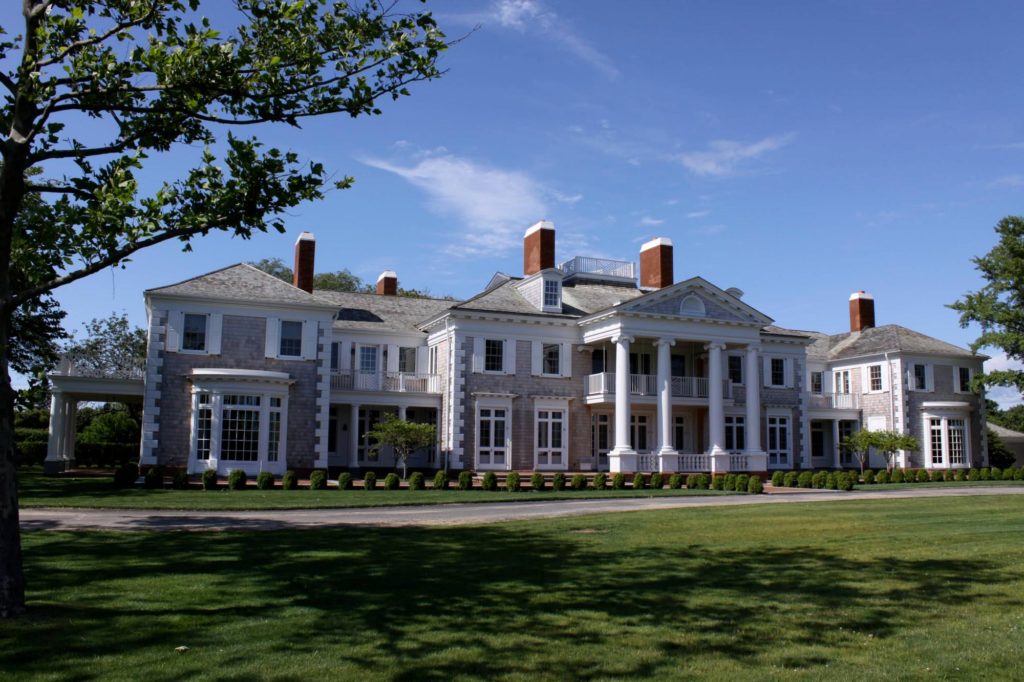EVERYTHING YOU NEED TO KNOW ABOUT GREEK REVIVAL STYLE HOMES
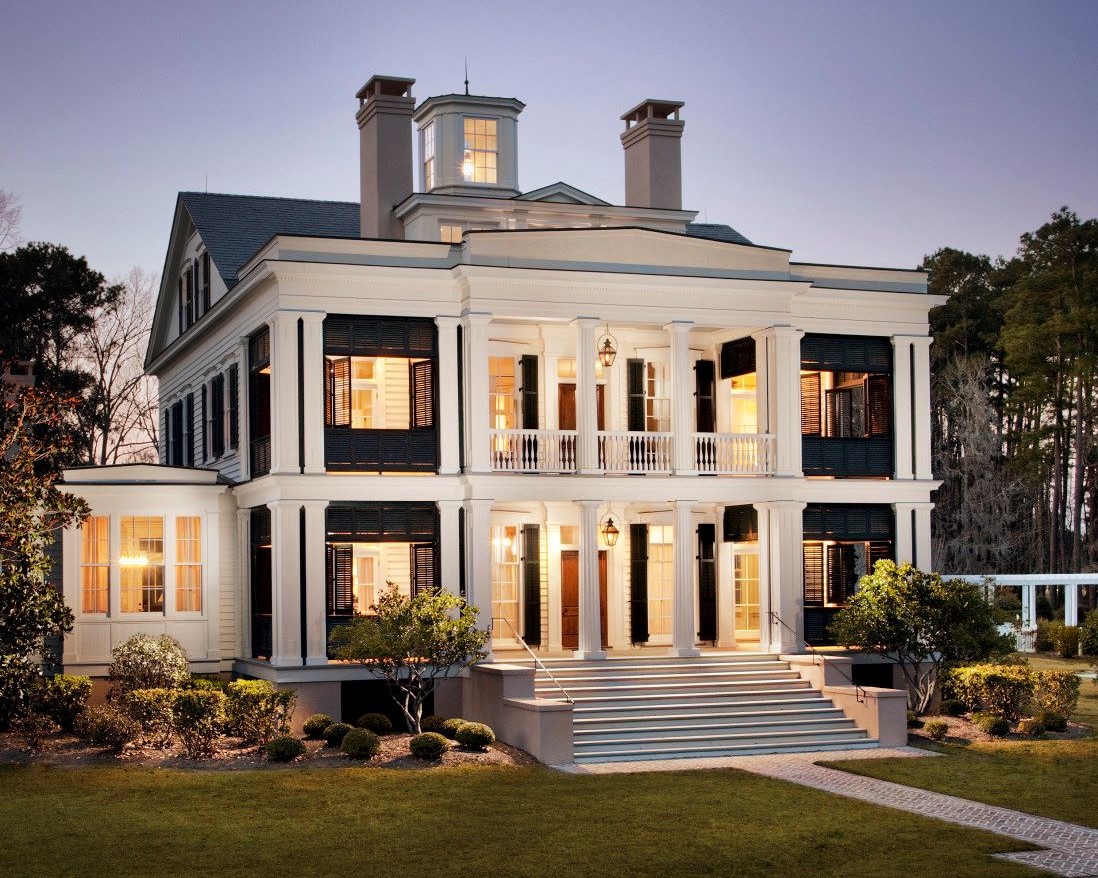
Step back in time with the timeless elegance of Greek Revival houses, inspired by the architecture of ancient Greece. Flourishing in early 19th-century America
The Greek Revival movement, sparked by archaeological expeditions in mid-17th century Europe, took hold in America around 1820.
A few distinguishing features most Greek Revival Style Homes incorporate into their design: columns and pilasters, luxurious interiors, and wide entry staircases.
Need some ideas for your upcoming design project? Check out our gallery below!
What is Greek Revival Style?
Step back in time with the timeless elegance of Greek Revival houses, inspired by the architecture of ancient Greece. Flourishing in early 19th-century America, this style boasts classical motifs and a profound emphasis on symmetry.
Among the hallmark features of Greek Revival houses are classical architectural flourishes that imbue them with a sense of grandeur. Mansions, in particular, often mirror the majestic temples of antiquity, showcasing stately elements such as columns, pediments, porticoes, and expansive friezes. While these palatial residences exude opulence, the majority of Greek Revival houses embrace a more modest and austere character. Simplicity takes center stage, with clean lines and unadorned rectangular shapes, allowing the true essence of classical aesthetics to shine through.
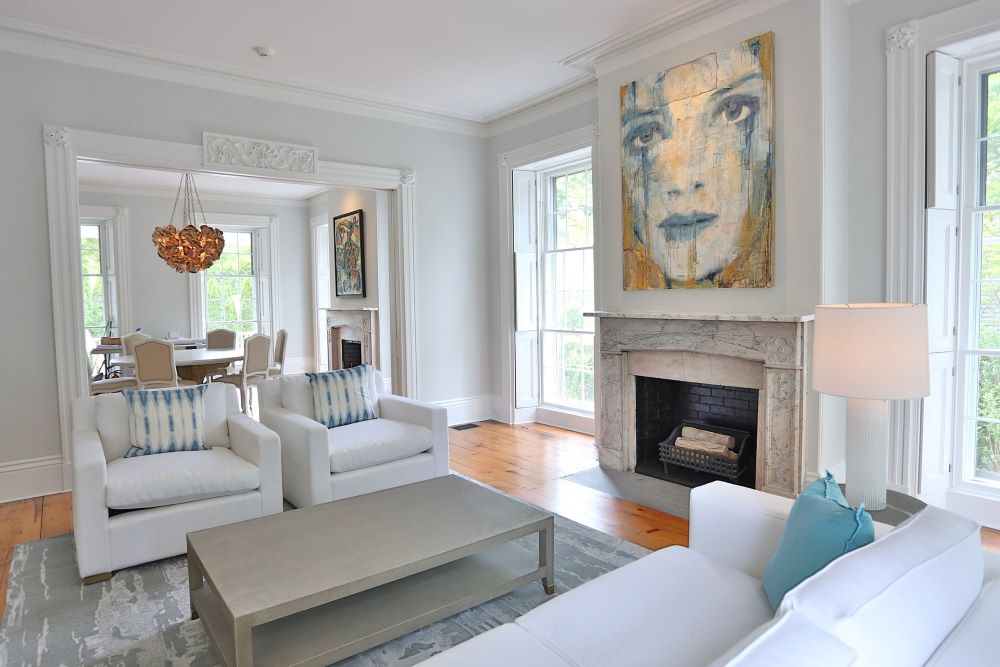
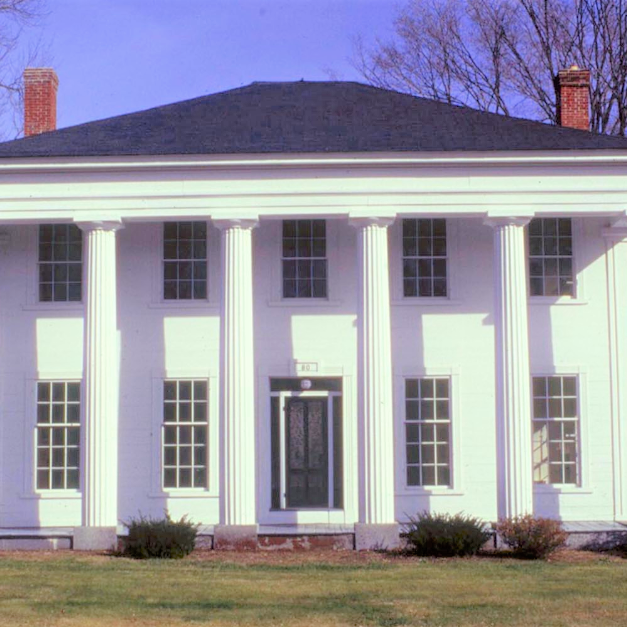
History of Greek Revival Style
The Greek Revival movement, sparked by archaeological expeditions in mid-17th century Europe, took hold in America around 1820. Initially reserved for public buildings, this architectural style gained prominence through the efforts of notable architects like Benjamin Henry Latrobe and William Strickland. Seeking to embody democratic ideals, the young United States government incorporated classical elements of shape and symmetry into their "temples" of governance. From 1830 to 1850, Greek Revival elements became ubiquitous in new public buildings, earning it the moniker of the "National Style," symbolizing the nation's deep connection to ancient Greek principles.
3 Popular Features of a Greek Revival Style Home
- Columns and Pilasters
A staple in classical architecture, Greek revival-style columns are fluted or smooth and generally made out of wood. Doric order columns, those with plain tops, are most popular in Greek revival buildings. - Luxurious Interiors
The interior of a wealthy Greek Revival home would feature high-end finishes such as hardwood flooring, intricate plasterwork, and decorative moldings. - Wide Entry Staircases
Many Greek Revival homes in Texas feature a grand entry staircase leading up to the main entrance. This staircase can be a focal point and add to the sense of elegance.

GATHER YOUR INSPIRATION
Need some ideas for your upcoming design project? We have assembled a collection of photos to help you with design inspiration for your home!
Your Home Building Remodeling & Design Experience.
Serving Texas neighborhoods for over 20 years!
Let's Connect!

